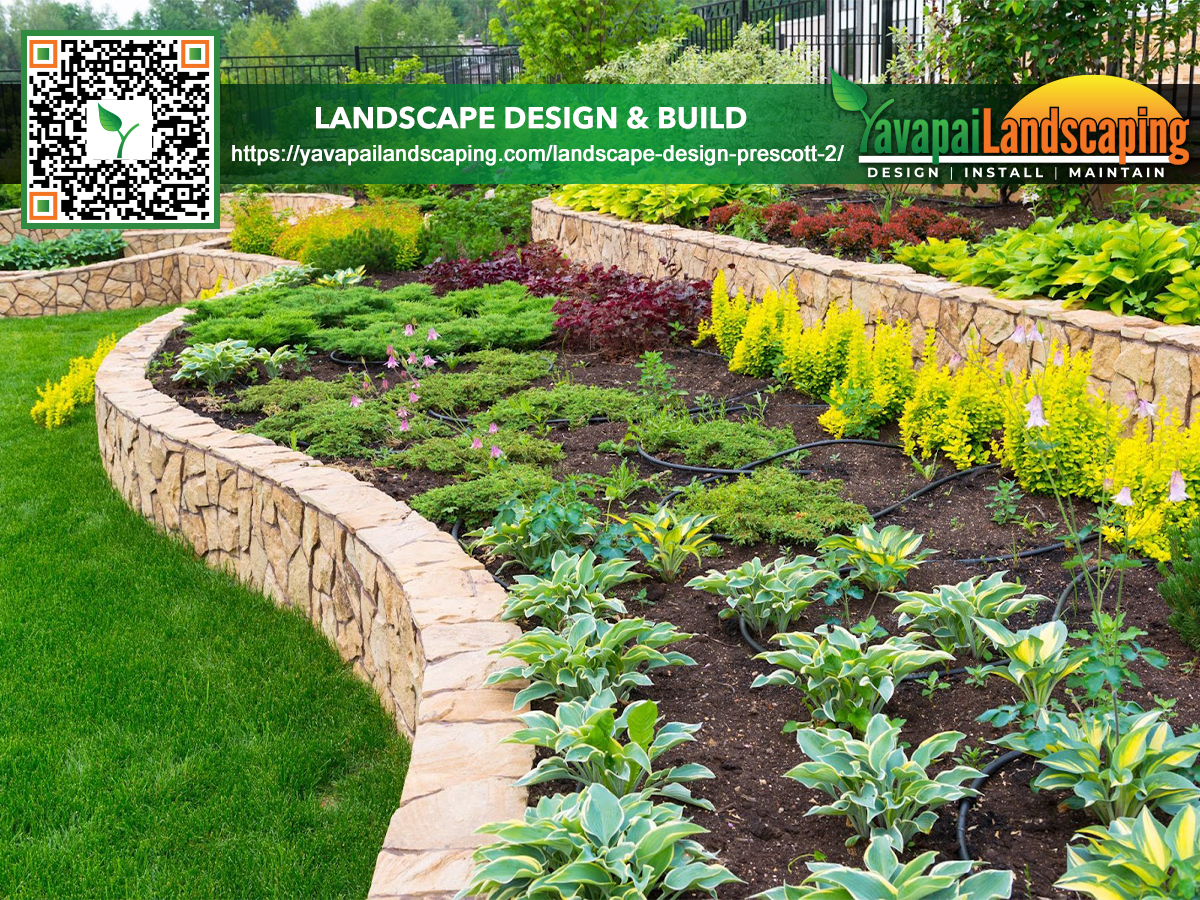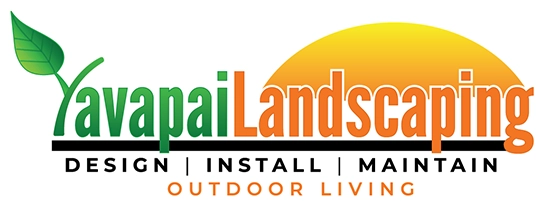
Edible gardening is changing outdoor spaces in the United States. Homeowners are now using their yards for growing food. This mix of beauty and use is changing how we see gardens.
Landscape design services are key in making these edible spaces. They know how to make your yard look good and work well. Adding food plants to your garden gives you fresh food and a beautiful yard.
Key Takeaways
- Edible landscaping combines beauty and functionality
- Food-producing plants can be integrated into existing gardens
- Professional services ensure balanced and productive designs
- Sustainable landscaping promotes eco-friendly gardening practices
- Edible gardens offer fresh, home-grown produce
- Garden design can blend ornamental and edible plants seamlessly

Understanding the Concept of Edible Landscaping
Edible landscaping combines beauty with usefulness, making gardens that feed both body and soul. It turns regular yards into places full of fruits, veggies, and herbs.
Definition and Benefits of Edible Landscapes
Edible landscapes mix plants that grow food with plants that look good. They bring many benefits:
- Fresh, homegrown produce right at your fingertips
- Lower grocery bills and more food self-sufficiency
- More biodiversity and support for local ecosystems
- Better air quality and less carbon footprint
Integrating Edibles into Existing Landscapes
Adding edibles to your current garden is simpler than you think. Begin by swapping out non-food plants for edible ones. For instance, replace a flowering shrub with a blueberry bush. Or, plant colorful Swiss chard in your flower beds.
Sustainability and Food Security Aspects
Edible landscapes are key to urban agriculture and food security. Growing food at home cuts down on long-distance transport. It also supports a greener food system. These gardens fight food deserts in cities, offering fresh, healthy food where it’s needed most.
Planning Your Edible Landscape Design
Starting an edible landscape requires careful planning. A good garden layout combines beauty with productivity. First, do a site analysis to learn about your space.

Look at sun exposure, drainage, and existing features. This helps you place plants right for growth. Choosing plants that fit your climate is also key.
Don’t skip soil testing. It shows what nutrients your soil lacks and its pH level. Many local offices offer cheap soil tests.
- Map out sunny and shaded areas
- Note water sources and drainage patterns
- Identify existing structures and plants
- Consider views from inside your home
With this info, draw a basic garden plan. Include paths, seating, and areas for different plants. Group plants by their water and sunlight needs. Leave space for future additions as your garden grows. Experience the greatness of this article.
Essential Elements of Edible Landscape Design
Edible landscape design is all about beauty and function. It combines decorative veggies, perennial plants, and seasonal crops. This mix creates a stunning outdoor space that also grows food. Let’s dive into the key elements that make these gardens beautiful and productive.
Selecting Suitable Edible Plants
Choose plants that do well in your local climate and soil. Mix in perennial edibles like fruit trees and berry bushes with seasonal crops. This ensures your garden stays interesting all year.
Think about companion planting to help your plants grow better. For example, basil near tomatoes can make the tomatoes taste better and keep pests away.
Incorporating Ornamental Features
Blend your edible plants with ornamental ones for beauty. Use colorful veggies like rainbow chard or purple kale as highlights. Add structures like trellises or raised beds for height and depth.
These features look good and help plants like peas or beans grow.
Designing for Year-Round Production
Plan your garden to grow food all year. Include a variety of plants like:
- Spring crops: Lettuce, peas, radishes
- Summer favorites: Tomatoes, peppers, zucchini
- Fall harvest: Pumpkins, squash, Brussels sprouts
- Winter varieties: Kale, carrots, leeks
This way, your edible landscape stays productive and looks great all year.
Implementing Your Edible Landscape with Professional Services
Bringing your edible landscape vision to life needs expertise and careful planning. Professional services can make your dream a reality.
Choosing the Right Landscape Design Service
Finding the right landscape architects or garden consultants is key. Look for those with edible landscaping experience. Check their portfolios and read what clients say.
Permaculture designers bring a special touch to creating sustainable, productive landscapes.

Collaboration Process with Designers
Working with landscape architects means sharing your vision, budget, and goals. Be open to their ideas and expertise. They’ll create detailed plans that fit your ideas and practical needs.
This teamwork leads to a design that’s both beautiful and functional.
Installation and Maintenance Considerations
After the design is set, it’s time for installation. Professional installation ensures your edible landscape starts right. Think about irrigation systems, soil prep, and plant placement.
Talk about ongoing maintenance with your designer. Some garden consultants offer ongoing support to keep your landscape thriving all year.
- Prepare a maintenance schedule
- Learn about seasonal care requirements
- Understand pest management strategies
By working with skilled professionals, you’ll create an edible landscape that’s beautiful, productive, and sustainable for years.
Maximizing the Potential of Your Edible Landscape
Use smart gardening techniques to get the most out of your edible landscape. Crop rotation is essential. Switch plant families yearly to prevent soil depletion and reduce pest problems. For example, follow tomatoes with beans, then leafy greens.
Organic pest control keeps your garden healthy without harsh chemicals. Plant marigolds to repel insects or use neem oil for fungal issues. Encourage beneficial insects like ladybugs to control pests naturally.
Composting turns kitchen scraps into rich soil. Start a compost bin with layers of green and brown materials. Turn it regularly for faster decomposition. Use the finished compost to feed your plants and improve soil structure.
Water conservation is crucial for a sustainable garden. Try these methods:
- Mulch around plants to retain moisture
- Water deeply but less frequently
- Install a drip irrigation system
- Collect rainwater in barrels for dry spells
By implementing these strategies, your edible landscape will thrive. You’ll enjoy bountiful harvests while supporting a healthy ecosystem in your own backyard.
Case Studies: Successful Edible Landscape Transformations
Edible garden success stories inspire homeowners across the United States. In Seattle, a family turned their boring lawn into a thriving urban food forest. They replaced grass with apple trees, berry bushes, and vegetable beds.
The result? A beautiful, productive space that feeds the family and attracts local wildlife.
Another remarkable before and after transformation took place in Austin, Texas. A dry, barren backyard became a lush oasis of edible plants. The landscape makeover included raised beds for herbs, trellises for climbing vegetables, and fruit trees that provide shade.
This edible paradise now saves water and reduces grocery bills.
In Chicago, a community group transformed an empty lot into a shared edible garden. The project showcases how urban spaces can become productive food sources. Neighbors now gather to grow and harvest fresh produce, fostering a sense of community.
These success stories prove that edible landscaping can work in various climates and settings, offering beauty and bounty.
Yavapai Landscaping Prescott offers free estimates for Prescott and nearby locations for landscaping & tree services, which include tree elimination, tree pruning, stump grinding, land clearing, storm clean-up, and emergency tree care.












